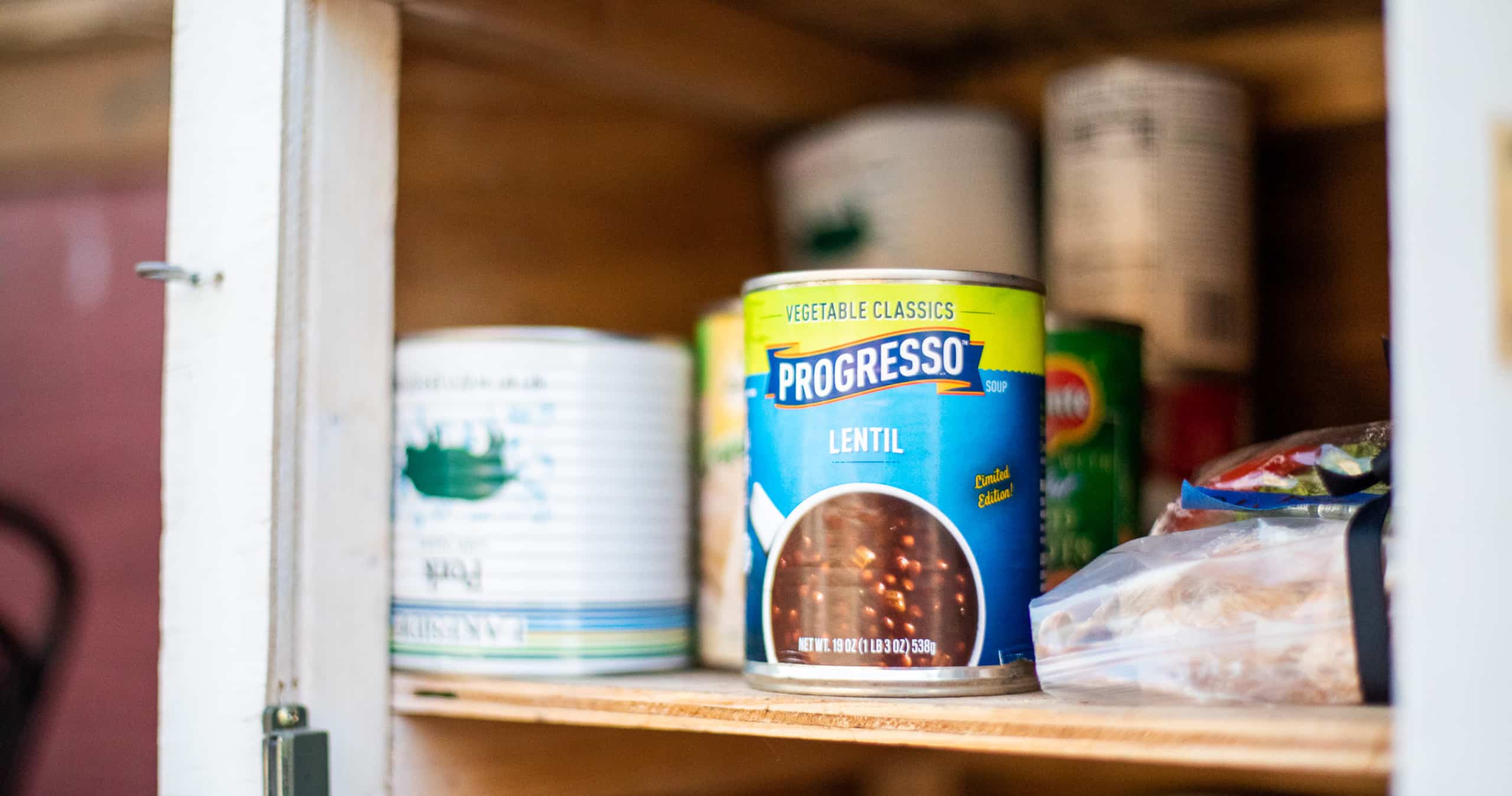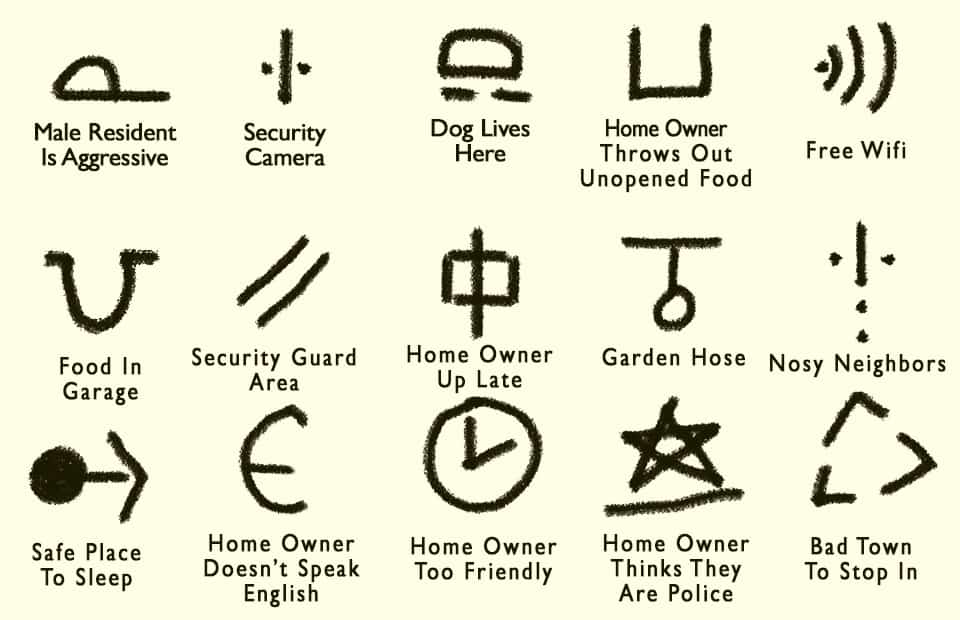NWI “Hobo Catch and Release” Program Remains Controversial


Indiana A&M’s Hobo Migration Assistance and Monitoring program employs canned beans as a major part of it’s “live catch” efforts.
NWI “Hobo Catch and Release” Program Remains Controversial
LAKE COUNTY- As Autumn brings colder nights and the threat of frost, Indiana A&M teams have resumed the state’s Hobo Migration Assistance and Monitoring (HMAM) program.
A joint project between the state’s Department of Fish and Game and Indiana A&M’s Sociology and Public Health departments, the HMAM program seeks to find Hoboes that have become lost within the state during their Autumn migration to the South. Student researchers assure that captured Hoboes are healthy and able to continue their journey, provide them with basic medical and dental checkups, fit them with GPS tracking tags, and release them in rail yards to continue their journey.
Cathlyn Debutante, a graduate student on her third year operating the Northwest Indiana branch of the program, believes that educating the public about the program is key to securing their support. “People initially think this is about keeping Hoboes out of the area, but nothing could be further from the truth. The fact is, modern development has encroached upon the Hoboes’ natural habitat and migratory range over the years and we’re working to find ways to for modern land usage and the Hoboes to exist side-by-side.”
Indiana A&M Grad Student Cathlyn Debutante, who runs the NWI branch of the HMAM program
“The migration of the Hoboes has been part of the North American ecosystem since at least the era of steam power, and some evidence suggests it even predates the railways. Fossil records suggest that Hoboes might actually be filling role in the food chain once occupied by unusually mobile bears in the pre-Columbian era.”
Still, there are other voices in the community who voice concerns about whether the HMAM program ignores the legal, economic, and moral issues that Hoboes pose for Northwest Indiana and America in general.
“Most people are never going to see a real Hobo, let alone hear one sing ‘Big Rock Candy Mountain’ while picking a banjo.” -Cathlyn Debutante; Hobo Migration Assistance and Monitoring program
“These programs divert funds that should be going towards helping unhoused people in general. Riding trains without paying or securing permission is trespassing, and it is incredibly dangerous.” said Mark Fare, Chief Communications Officer of the Griffith Indiana Bindles-To-Briefcases Initiative.
Mark Fare, CCO of the Griffith Indiana Bindles-to-Briefcases Initiative
“Our national security depends on shipping, especially in light of the supply chain issues and the inflation they’ve caused in recent years. Further, America’s call centers, retail stores, and mattress showrooms need all the middle-aged, able-bodied men they can get. Quite frankly, the Hobo population isn’t just a menace to our nation’s shipping infrastructure; it is a major labor resource that America must find the will to utilize.”
“…America’s call centers, retail stores, and mattress showrooms need all the middle-aged, able-bodied men they can get.” -Mark Fare; CCO of Bindles-to-Briefcases
When we brought these arguments to her, Debutante dismissed them as impractical. “People have been trying to solve labor issues using the Hobo population since well before the Civil War and it has always been a bad fit. In addition to the Hobo’s inherent rejection of authority, few employers have the resources to teach their management the intricacies of Hobo Code for effective communication and training. Further, the Hobo’s sleep cycle is tied to milage rather than hours, so they can go into a sort of hibernation if kept stationary for extended periods. They simply are not suited to or interested in domestication.”
When asked what residents could do to help support the program, Debutante said that public awareness of the issue is a good start. “Most people are never going to see a real Hobo, let alone hear one sing ‘Big Rock Candy Mountain’ while picking a banjo. What you might see, however, are signs that Hoboes have been nearby. Lots of people have campfires, but it’s almost exclusively Hoboes that cook food over them still in the can. They also employ a series of symbols that they mark on sidewalks, fences, and mailboxes to communicate with other Hoboes- that’s a sure sign of Hobo activity.
The HMAM program offers basic, practical advice for dealing with the Hobo season; “Pies should not be placed on windowsills for cooling, as this is the Hobo’s preferred source of caloric intake. They will forego beans, cornbread, and even beef-a-roni when a steady supply of fruit pies is available to them. If you should find signs of Hobo activity or come across a Hobo camp, please report their location to us at 1-800-SAW-HOBO, or text the word “HOBO” to 5150. “
When pressed regarding the future of the HMAM project, Debutante concedes that the program’s sponsors hope to find a more permeant solution to the needs of the Hobo population and local communities.
Activist Jullianna Pomme of the Northwest Indiana Council for the Preservation of Traditional Folkways
“We hope that by tagging Hoboes before releasing them back to the railways we can monitor their movement over time. If we collect enough data, we’d like to explore cooperation with neighboring states to designate one of the southbound rail lines in the area as a ‘migratory corridor’ with all of the protections usually reserved for nature conservatories and national parks.”
“They may have names like ‘Mississippi Pete,’ ‘Texas Rob,’ ‘Cincinnati Bill Thompson,’ and ‘Greasy Gill Southbound,’ but these men are bound by neither nation, nor state.” – Julianna Pomme; Northwest Indiana Council for the Preservation of Traditional Folkways
There are others who oppose both the HMAM project and the Bindles-to-Briefcases program, however. Activist Julianna Pomme, (a representative of the Northwest Indiana Council for the Preservation of Traditional Folkways) asserts that stationary peoples have no right to interfere in the migrations of the Hobo population.
“The Hobo is noble and free, unbound by the needs of business or the petty demands of the State. They may have names like ‘Mississippi Pete,’ ‘Texas Rob,’ ‘Cincinnati Bill Thompson,’ and ‘Greasy Gill Southbound,’ but these men are bound by neither nation, nor state. They belong to the road, and the dust their shoes carry is their only past. The horizon is theirs and they serve no law but the laws of the Hobo Jungle.”
Pomme currently accepts donations to preserve Northwest Indiana Hobo culture by way of a Go-Fund-Me account and works as a branch manager for a local bank during the week.

Indiana A&M’s Hobo Migration Assistance and Monitoring Program has issued this guide to Hobo code symbols identified within the state of Indiana in recent years.
